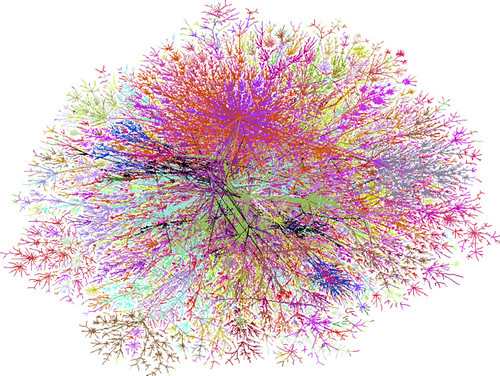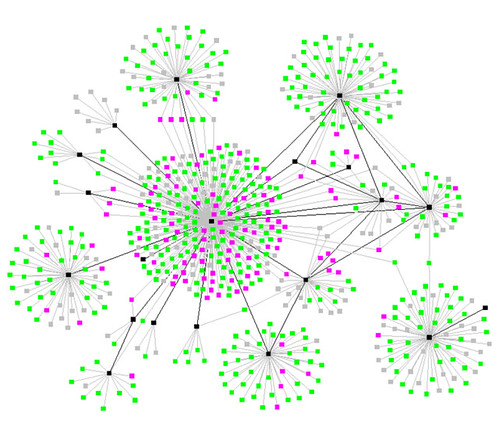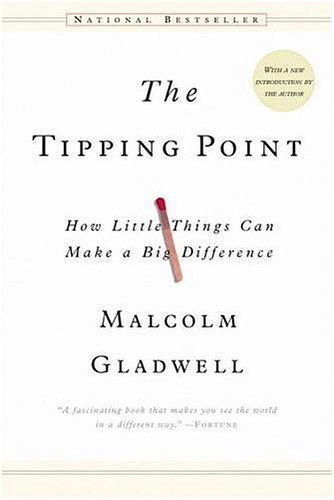Broken Window Theory[3]
“If a window is broken and left unrepaired, people walking by will conclude that no one cares and no one is in charge. Soon, more windows will be broken.”
So, if you deployed a web site externally, be careful about the features you promised. If there is any feature that didn't keep your promise, people will doubt on other features and they may think your whole system is not so stable and it may also doesn't have product level quality. This will harm your success.
Bystander Effect
It says that "a psychological phenomenon in which someone is less likely to intervene in an emergency situation when others are present than when he or she is alone."
There was a crime in New york 1964. A women was killed under the sight of her 38 neighbors, it lasted for about half an hour, but no one called the policeman. The public blame those witness be be cold blooded. But some psychological research results show that, it's just an normal human reaction when they know other people may also see it. Every body think some other people will call the police, so no one called by their own. It's just humanity, nothing related to these people's morale level, those researcher said.
I think this give us a good hint that, when you are managing a team to accomplish some tasks, you'd better assign your task explicitly and clearly to individual members. This will reduce the bystander effect.
Rule of 150[4]
Another thing Gladwell mentioned is that, according to some scientific research result: "Human Beings can only have stable social relationships with about 150 people, due to some biological limitation in our brain."
Thus, any group larger than this will automatically segment into factions and decrease efficiency. The existence of small groups helps the spread of a message because each member of the group knows each other very well.
So if you want something to get popular through a social network, you should turn this kind of social network/organization structure

in to this

This will undoubtedly improve the efficiency of your organization.
In a word, I think Gladwell did a great job on explaining those social epidemics, although whether these conclusions can really help us to make things get popular is not proved in this book.
Anyway, the author of the book gave us some very good suggestions we can take a look and have a try, maybe it will help our success.
Reference:
[3]”Broken Window”, http://en.wikipedia.org/wiki/Fixing_Broken_Windows
[4] “Rule of 150”, http://en.wikipedia.org/wiki/Dunbar%27s_number
